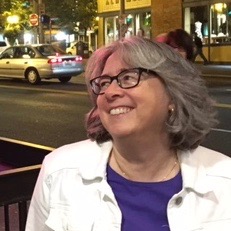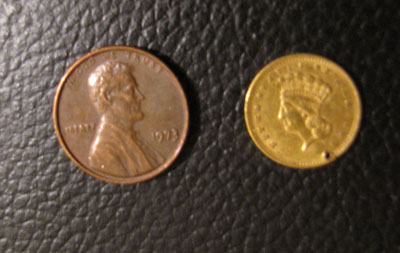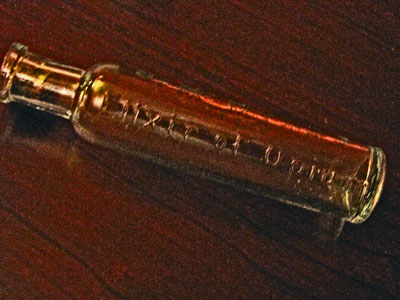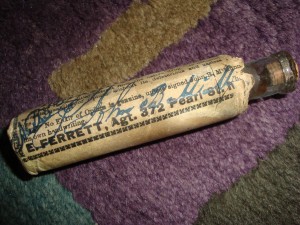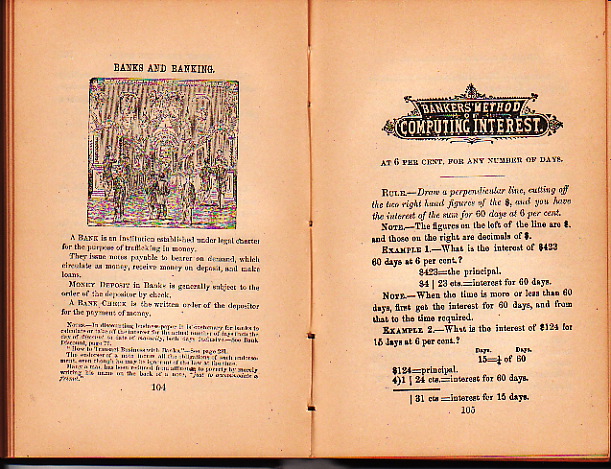
When I was researching my novel, I found it helpful to have artifacts that made me feel connected to the world my characters inhabited. Orton and Sadler’s Business Calculator and Accountants Assistant is one such artifact in my collection. It was published in Baltimore in 1877. One of the authors, W.H. Sadler, was the president of Bryant and Stratton Business College there. The title page proclaims it “A Cyclopaedia of the most concise and practical methods of business calculations, including many valuable labor-saving tables, together with improved interest tables, decimal system: showing the interest on from $10 to $10,000–rate, ten per cent. per annum.” In 1888, the price of the book was $1. I purchased it for $10 more than a hundred years later.
Two of my characters are bankers in the 1880s-1890s, so this book seemed like something they could have used. It’s a handy little compendium of everything from shortcuts for arithmetic computation to determining the weight of live cattle. Need to “Ascertain the cost of one quire of paper” in cents per pound? Page 264 has a handy table. How many cubic feet of stone constitute a perch? 24.75, of course. This was the interwebs in your pocket.
I thought I would have one of my characters refer to the book or use one of the tables, but I never found any natural way to work it in. I keep the book on my shelf, though. It’s one way I can touch the nineteenth century.
This idea might not be so strange. Jack Finney‘s characters used clothing and other artifacts to facilitate time travel through self-hypnosis in his book Time and Again and its sequel From Time to Time. I’m not a big science fiction fan, but that’s one of my favorite books. Perhaps there’s a bit of Finney seeping through my subconscious, giving me the idea of time travel through objects.
How about you other writers out there–do you collect objects to connect in a tangible way to your characters’ lives as you research?
